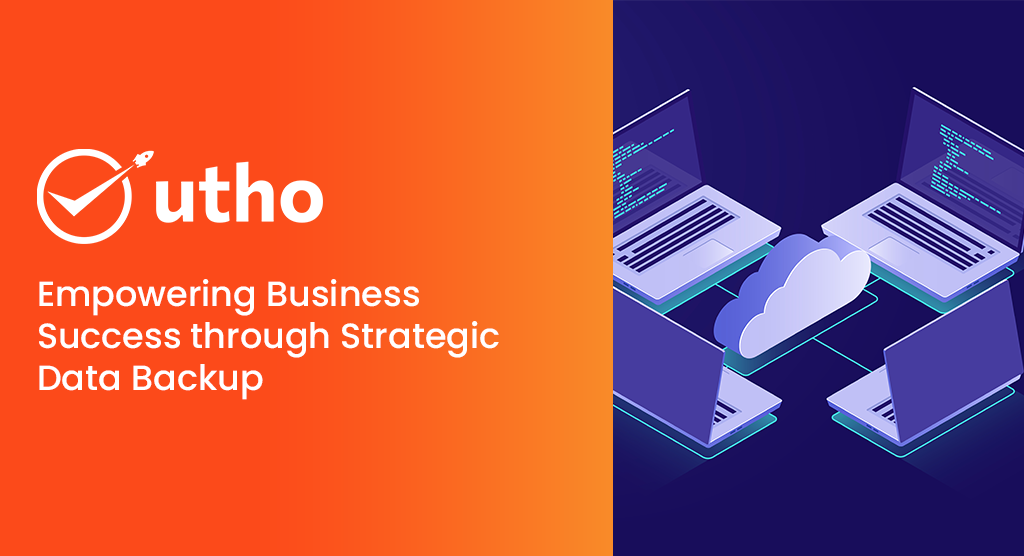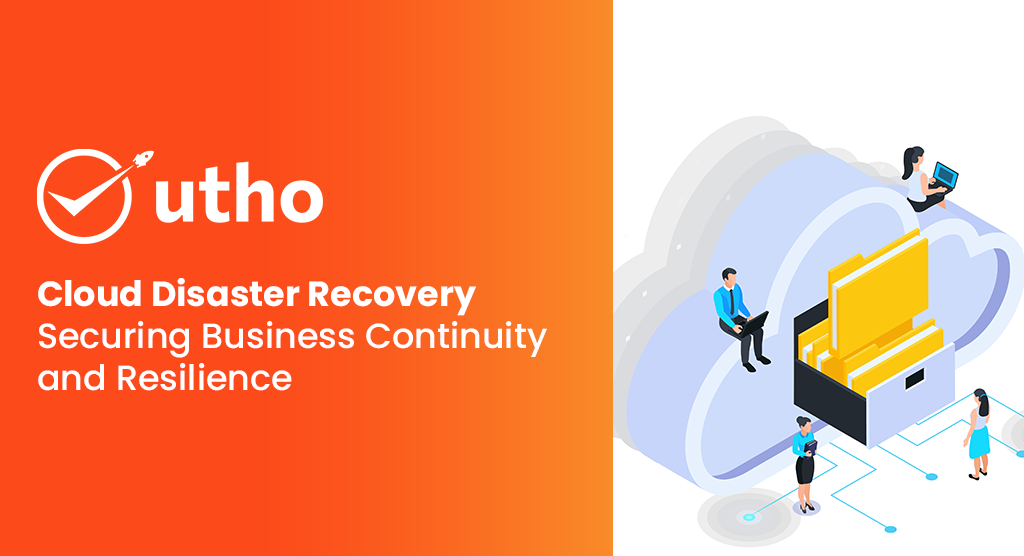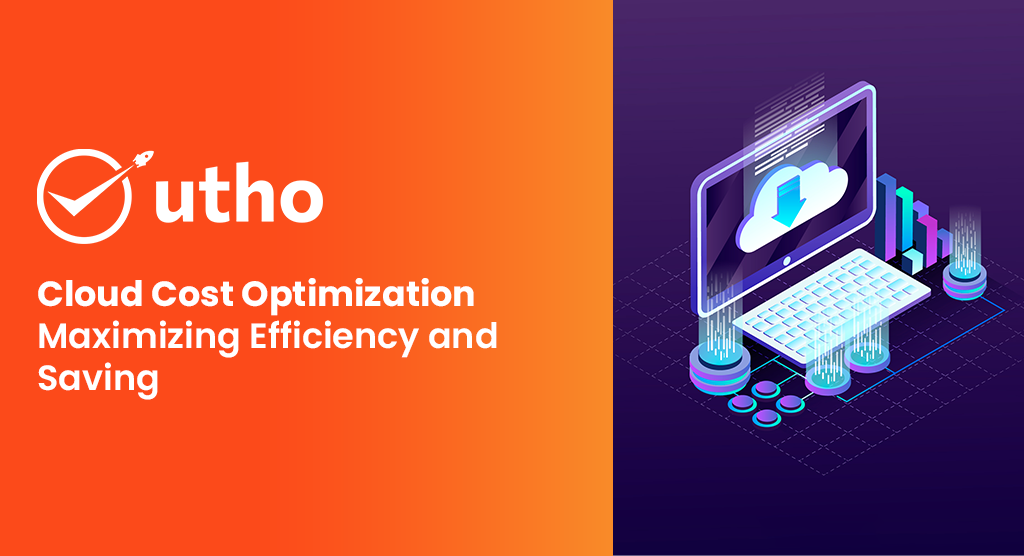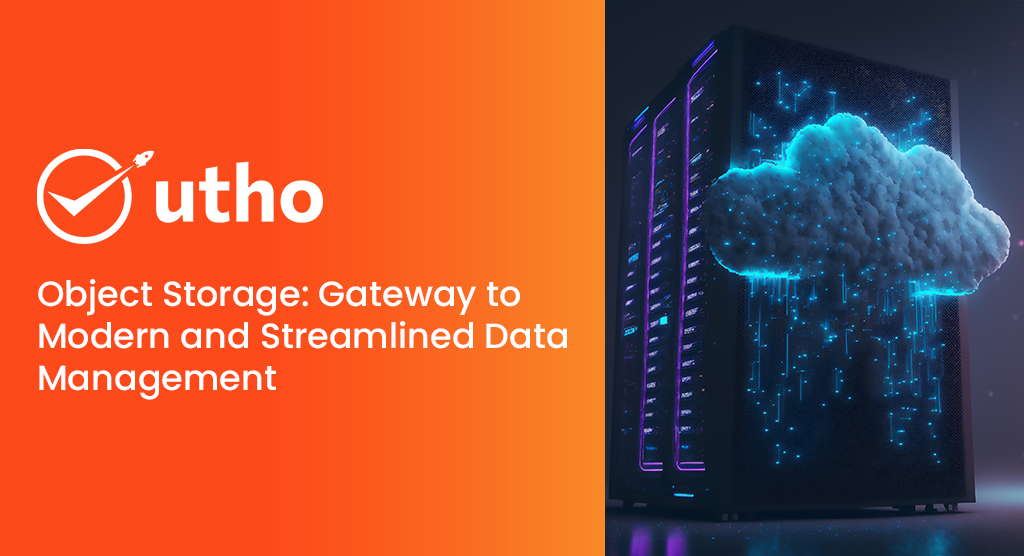The rise in cyber attacks highlights the critical need for data security. Small and medium-sized businesses are increasingly targeted. As data dependency grows, so does the demand for robust security measures. Beyond external threats, data recovery is crucial. While data loss is unpredictable, ensuring your business has effective recovery solutions is essential. IT managers play a key role in implementing proper data backup and disaster recovery procedures.
What does the term "Data Backup" mean?
Data Backup involves duplicating your digital data and essential business information to guard against potential damage, deletion, or loss. The replicated data serves as a means to recover or restore your information, ensuring business continuity and facilitating disaster recovery. Often, IT organizations create multiple data backup copies, maintaining one on-premises for quick recovery and storing a second copy offsite or in the cloud to mitigate risks associated with on-premises damage, such as those caused by natural or man-made disasters.
What are its various types?
Various methods are available to safeguard your personal data.
Full backups: Performing a full backup involves backing up every file on your device. The duration of this process may vary, potentially taking several hours depending on the size of the data. A full backup is particularly recommended for initial data backup operations.
Differential backups: Differential backups exclusively capture files that have changed or been added since the last full backup, allowing for a faster backup process compared to a full backup.
Incremental backups: Similar to a differential backup, incremental backups selectively capture data changes or additions since the last backup. However, the distinction lies in the fact that incremental backups encompass changes since the latest backup, regardless of whether it was a full, differential, or incremental backup. Backup software often utilizes these backups due to their smaller size and quick backup times, allowing for frequent execution.
Mirror Backup: A mirror backup duplicates the entire set of data, encompassing all files and folders, providing an exact replica of the backed-up information. This backup type proves beneficial when the goal is to generate an identical copy of a system or device.
Snapshot Backup: A snapshot backup freezes the state of a system or device at a specific moment in time, making it valuable for dynamic systems or devices undergoing constant changes, such as databases or virtual machines.
Cloud Backup: A cloud backup entails storing data on a remote server via the internet, offering a dependable off-site backup solution accessible from any location with an internet connection.
Hybrid Backup: A hybrid backup integrates on-premises backups with cloud backups, forming a comprehensive backup solution that amalgamates the advantages of both local and cloud backups. This approach ensures swift backup and restore times, along with off-site data protection.
What are the common causes of data loss?
It's crucial to identify the causes of data loss to create an effective backup and recovery strategy. The main factors include:
Hardware Failure: Hard drives, servers, and storage devices have a tendency to fail unexpectedly, frequently resulting in data loss.
Human Error: In business settings, accidental data deletion or overwriting is a common occurrence.
Cyberattacks: Data security and availability can be compromised by ransomware, malware, and phishing attacks.
Software Glitches: In an instant, software bugs or crashes have the potential to corrupt or erase data.
How are data backup and recovery interconnected?
Data backup and recovery are two interconnected domains in data management. While they may exhibit differences, they complement each other in their respective roles.
In the realm of data management, data backup plays a crucial role in salvaging damaged data during recovery. Conversely, recovery is fundamental to the purpose of why backups are created initially. A comprehensive understanding of both fields is essential for grasping the concepts of data backup and recovery.
Despite their interconnectedness, these fields exhibit differing processes. Data backup emphasizes the efficient use of data storage during the backup process, while data recovery leans toward minimizing damages.
Given the serious threat of data loss, especially when dealing with sensitive information, having a robust data backup and recovery plan is imperative. Protect your data to safeguard against potential losses or breaches that could jeopardize your business.
In what ways can Utho assist in providing IT services for backup and recovery?
When it comes to data backup and recovery, choosing the right tool is crucial. Utho unified data backup is designed for IT professionals, offering a mix of innovation, simplicity, and efficiency. It's more than just a service – it's a comprehensive solution that understands the ins and outs of data backup and recovery. With Utho, you get a reliable partner for protecting your data, ensuring peace of mind from potential loss and facilitating quick recovery.
Feel free to reach out to us to discover more about how our services can positively impact you and your organization. We stand ready to support you on your path toward heightened data security and enhanced business resilience.










